Studies of protons, neutrons and quarks, the smallest building blocks of matter, are among the U of G research projects receiving new funding today from the Natural Sciences and Engineering Research Council (NSERC).
The funding is part of more than $500 million announced today to support more than 650 projects nationwide through NSERC.
In total, U of G researchers will receive more than $16 million in new Subatomic Physics Discovery, Discovery, Discovery Horizons, and Research Tools and Instruments grants from the federal agency.
Subatomic Physics Discovery Grant
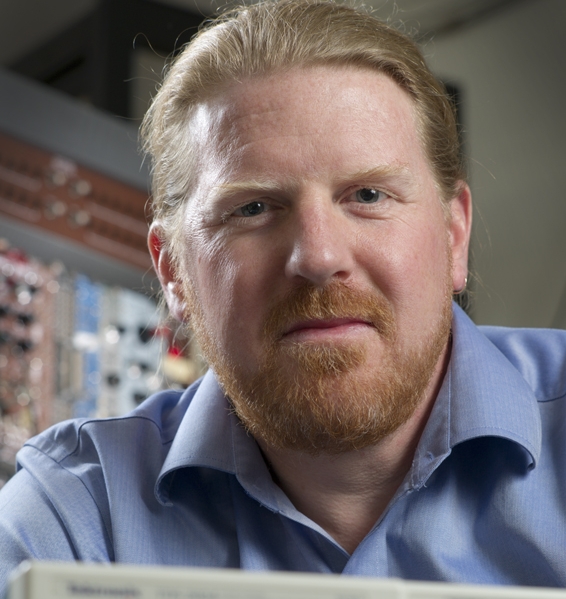
Dr. Carl Svensson, a professor in the Department of Physics, College of Engineering and Physical Sciences, will receive $6.5 million over three years to explore how matter came to be by studying subatomic particles and forces that affect stellar phenomena in the cosmos.
“It’s hard to imagine just how small the nucleus of an atom is, when the atom itself is so tiny,” said Svensson. “But if we blew an atom up to the size of Guelph, its nucleus would only be as big as a basketball, and inside that basketball we’d find even smaller protons and neutrons, which themselves are made up of quarks.”
Specialized equipment and processes are needed to see these tiny particles. Activated with a blast of energy, nuclei emit gamma rays, which are light invisible to the human eye. Svensson and his team use a gamma-ray spectrometer to collect data that provides insights into the properties, interactions and behaviours of the particles inside the nucleus.
They conduct their research in Vancouver at TRIUMF, Canada’s national particle accelerator centre. There, Svensson and Canadian collaborators have designed and built some of the world’s most sophisticated gamma-ray spectrometers with funding from NSERC and the Canada Foundation for Innovation. The University of Guelph is a TRIUMF institutional partner.
The team aims to understand the force that holds protons and neutrons together in the nucleus. Without this nuclear force, hydrogen would be the only chemical element in the universe, Svensson said.
They will also explore the properties and interactions of quarks, currently understood to be the smallest and most fundamental building blocks of nuclear matter.
In a third study, they will investigate how chemical elements are made in the cosmos. Svensson explained that stars produce chemical elements as they age, with the heaviest elements created during cataclysmic events such as supernova explosions and collisions of neutron stars. These elements are released into space, where they become incorporated into new stars and planets, including Earth.
“Uranium, gold, iron, the carbon in our bodies, the oxygen we breathe — it’s all been cooked up in stars and their cataclysmic explosions and collisions,” he said. “So it’s actually true that we’re all just stardust. That’s a large part of why I am drawn to this research. I want to understand where we come from, right down to the origin of the atoms we’re made of.”
Discovery Grants
In all, 31 U of G researchers will receive more than $1.4 million in new multi-year funding from the Discovery Grant program, which supports research projects with long-term goals. The funding spans five colleges and 13 departments, with each project receiving support for five years.
Among U of G awardees, one project will receive a Discovery Northern Research Supplement worth $75,000 over five years. Another six U of G projects will receive one-time NSERC Discovery Launch Supplements for early career researchers worth a total of $75,000.
NSERC will also provide 43 U of G faculty with more than $1.3 million in one-time, one-year COVID-19 extensions to their existing Discovery research grants. Nine early-career researchers will receive one-time extensions to their current Discovery grants worth a total of $255,300.
Among U of G projects newly supported by NSERC Discovery Grants are the following:
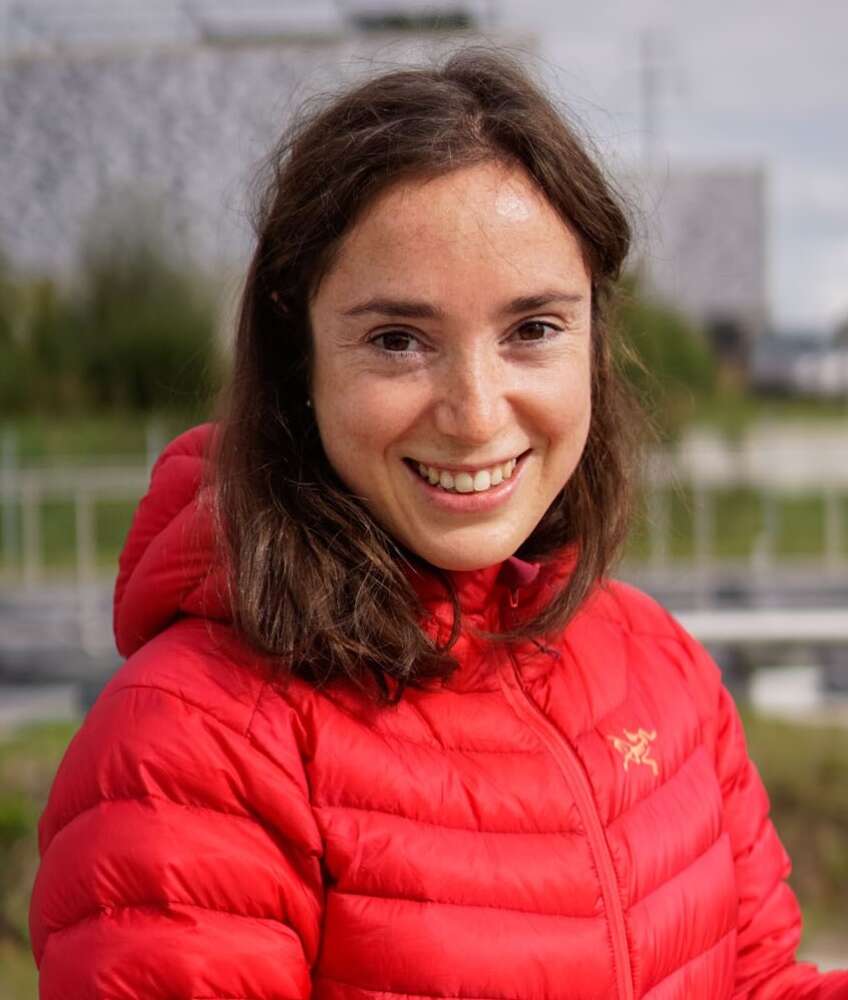
Dr. Joanna Bernhardt
Department of Integrative Biology
College of Biological Science
Aquatic species, including those consumed by people, are at risk due to climate change. Bernhardt and her team will investigate the capacity of aquatic species to adjust and thrive in response to changing environmental conditions, as well as how these adaptations could impact the nutritional value of seafood for humans. Bernhardt will also receive a Discovery Launch Supplement.
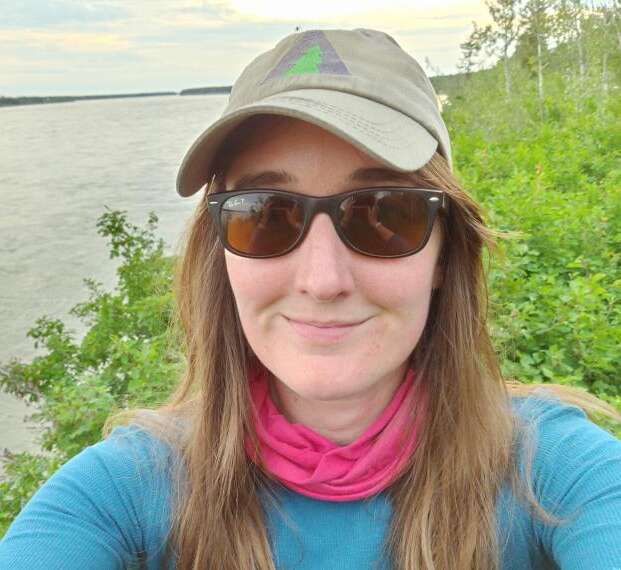
Dr. Catherine Dieleman
School of Environmental Sciences
Ontario Agricultural College
Boreal peatlands play an important role in reducing the impact of climate change by trapping and preserving carbon, but they can release carbon dioxide into the atmosphere when they are disturbed. Dieleman and her team will explore how the combined stresses of permafrost thaw, wildfire and human-driven development impact the capacity of boreal ecosystems to retain carbon. Dieleman will also receive a Discovery Launch Supplement and a Northern Research Supplement.
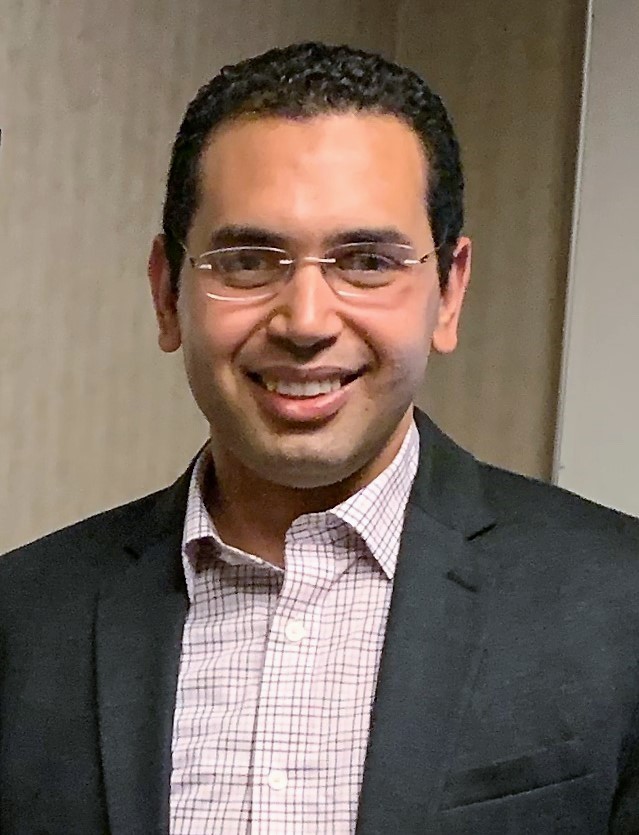
Dr. Ahmed Refaey Hussein
School of Engineering
College of Engineering and Physical Sciences
Hussein and his team aim to develop ultra-secure data and communications systems able to learn, self-configure, self-optimize and self-protect with limited human input. These systems will be able to recover quickly from disruptions and will defend against threats like data breaches. Hussain will also receive a Discovery Launch Supplement.
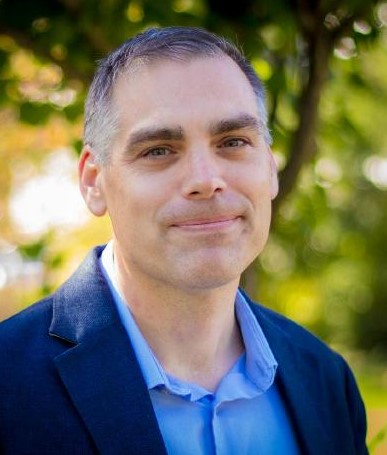
Dr. John Lindsay
Geography, Environment and Geomatics
College of Social and Applied Human Sciences
Geomorphometry uses geographical data to analyze, model and understand the features of Earth’s surface. With his research team, Lindsay will refine a novel approach to geomorphometric analysis he has been developing. He hopes to better represent landscape processes to help with activities such as managing water resources, studying soil and habitats, and making maps.
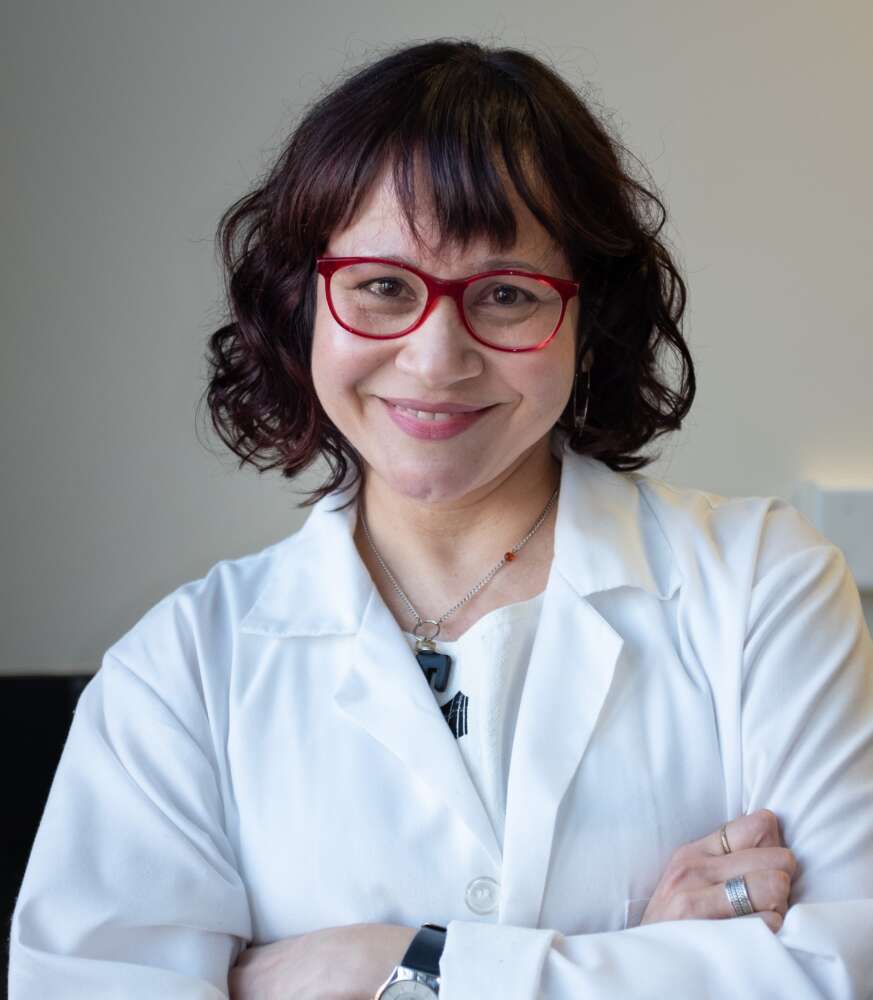
Dr. Alicia Viloria-Petit
Department of Biomedical Sciences
Ontario Veterinary College
Viloria-Petit will study the cellular mechanisms of involution, a natural process that returns mammary glands to their pre-lactating state after weaning. She and her team aim to improve our understanding of how milk-producing cells communicate with fat cells in the gland. This research may help improve human health and dairy milk production.
Other U of G researchers will use NSERC awards to study numerous topics in the physical and biological sciences, including aspects of agriculture and veterinary medicine.
Discovery Horizons Grant

Dr. Jesse Popp
School of Environmental Sciences
Ontario Agricultural College
Popp will receive $250,000 over five years from the Discovery Horizons program, which supports natural sciences and engineering research that integrates health, social sciences and/or humanities approaches.
Popp and her collaborators will combine natural science techniques, social science tools and Indigenous research methodologies to study wolf spatial ecology, understand the impacts of roads and railways on wildlife, and support community-engaged biodiversity monitoring.
This community-directed research program will braid together Indigenous and Western knowledge, providing examples of how Indigenous frameworks such as Two-Eyed Seeing and Ethical Space can work in practice.
Research Tools and Instrument Grants
Three researchers will receive more than $430,540 in one-time Research Tools and Instruments grants, which support the purchase of research equipment.
